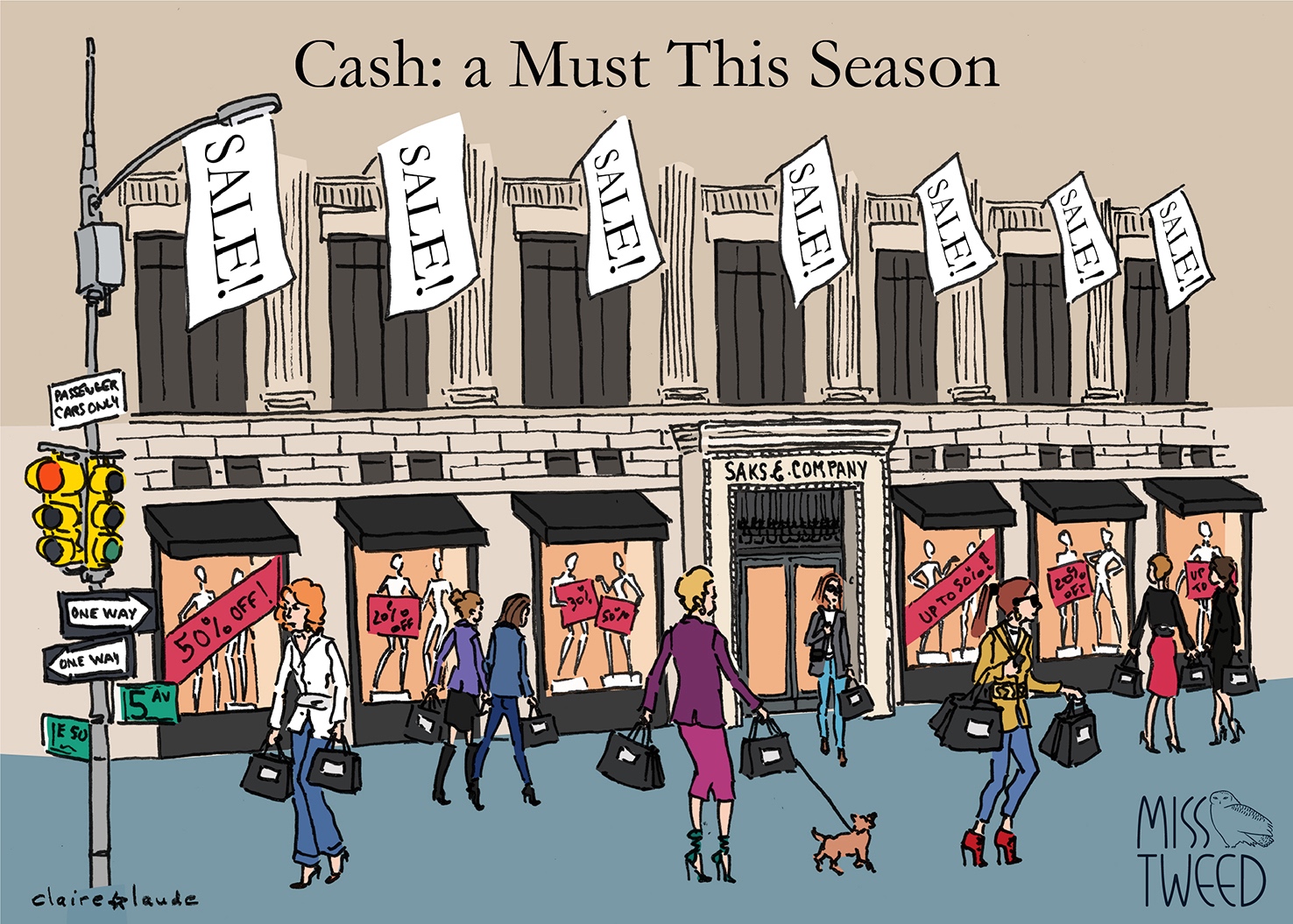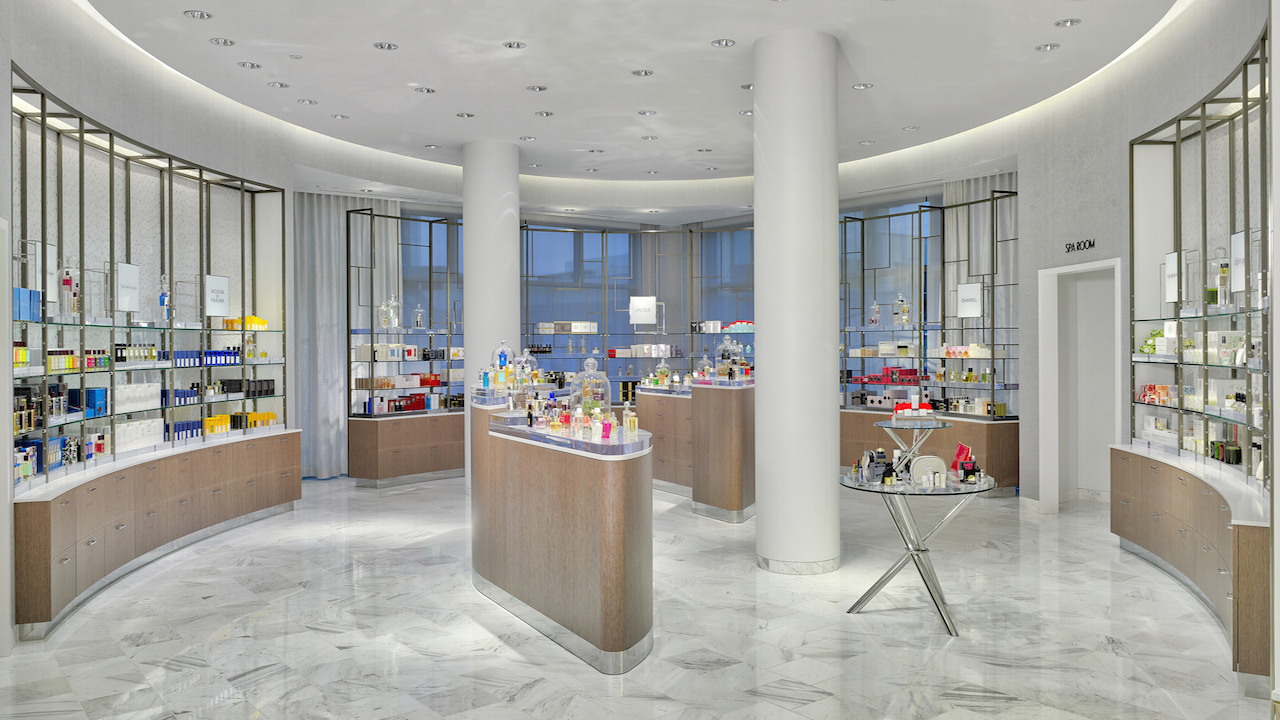Financial Implications

Saks buying neiman marcus – The acquisition of Neiman Marcus by Saks will have significant financial implications for both companies. Let’s analyze the potential impact on their profitability, revenue, and earnings per share.
Synergies and Cost Savings
One of the primary benefits of the merger is the potential for cost savings through operational synergies. Saks and Neiman Marcus operate in the same industry and have overlapping operations, such as store networks, distribution centers, and administrative functions. By consolidating these operations, the combined entity could eliminate duplicate expenses and streamline processes, leading to cost reductions.
Impact on Profitability
The merger is expected to enhance the combined company’s profitability. By combining their resources and leveraging economies of scale, Saks and Neiman Marcus can increase their purchasing power, negotiate better deals with suppliers, and improve their overall cost structure. This, in turn, should lead to higher profit margins and improved profitability.
Revenue Growth
The acquisition could also drive revenue growth for the combined entity. Saks and Neiman Marcus cater to different customer segments and have distinct brand identities. By combining their customer bases, the merged company can expand its reach and tap into new markets. Additionally, the combined entity can leverage its enhanced scale and resources to develop and launch new products and services, which could further contribute to revenue growth.
Earnings Per Share
The impact of the acquisition on earnings per share (EPS) will depend on a number of factors, including the purchase price, the terms of the transaction, and the combined company’s financial performance post-merger. If the merger is accretive to EPS, it will result in an increase in the combined company’s earnings per share. This would be a positive outcome for shareholders of both Saks and Neiman Marcus.
Customer Experience: Saks Buying Neiman Marcus

The acquisition of Neiman Marcus by Saks has significant implications for the customer experience. Integrating the two brands and their respective customer bases presents both opportunities and challenges.
Opportunities
- Expanded product offerings: The combined entity will offer a wider range of products, including luxury apparel, accessories, and home goods, catering to a broader customer base.
- Enhanced loyalty programs: Saks and Neiman Marcus have established loyalty programs with different benefits. Combining these programs could create a more comprehensive and rewarding experience for customers.
- Improved omnichannel experience: Both Saks and Neiman Marcus have invested in omnichannel capabilities. The acquisition can further enhance the customer experience across physical stores, online platforms, and mobile apps.
Challenges
- Brand integration: Merging the two brands while preserving their distinct identities can be challenging. Customers may have established preferences and loyalties, and it’s crucial to address these sensitivities.
- Customer data integration: Combining customer data from both brands requires careful planning and execution to ensure data accuracy, privacy, and compliance.
- Cultural differences: Saks and Neiman Marcus have different corporate cultures, and integrating their teams and processes can pose challenges. Aligning values, communication styles, and operating procedures is essential.
Recommendations for Enhancing Customer Experience Post-Acquisition, Saks buying neiman marcus
- Conduct thorough customer research: Understand the preferences, expectations, and pain points of both Saks and Neiman Marcus customers to inform integration strategies.
- Develop a clear brand strategy: Define the positioning and value proposition of the combined entity while respecting the heritage of both brands.
- Implement a phased integration plan: Gradually merge customer programs, loyalty benefits, and omnichannel experiences to minimize disruption.
- Invest in employee training and communication: Ensure that employees are well-informed about the acquisition and its implications for customer service.
- Monitor customer feedback and make adjustments: Regularly collect customer feedback to identify areas for improvement and make necessary adjustments to the customer experience.
Saks’ acquisition of Neiman Marcus marked a significant shift in the retail landscape. While this merger created a formidable force in the luxury market, it also brought to light a pressing issue plaguing San Francisco: the rampant theft of designer goods.
Recent reports indicate a surge in organized retail crime, leading to a loss of millions for local businesses. As Saks expands its reach into the Bay Area, it faces the challenge of mitigating this growing problem, ensuring that its customers can enjoy a safe and secure shopping experience.
In the realm of retail, the acquisition of Neiman Marcus by Saks Fifth Avenue reverberated like a thunderclap. Amidst the flurry of business transactions, an intriguing ripple emerged from the distant shores of Greece. The implementation of a six-day working week in Greece sparked discussions about the impact of extended work hours on employee well-being.
As Saks and Neiman Marcus navigate their merger, the echoes of this debate may offer valuable insights into the complexities of balancing productivity with employee satisfaction.